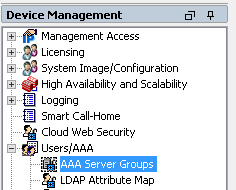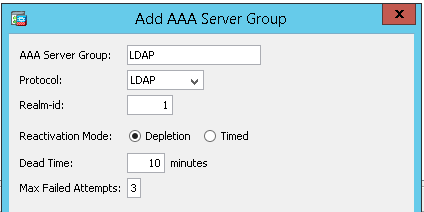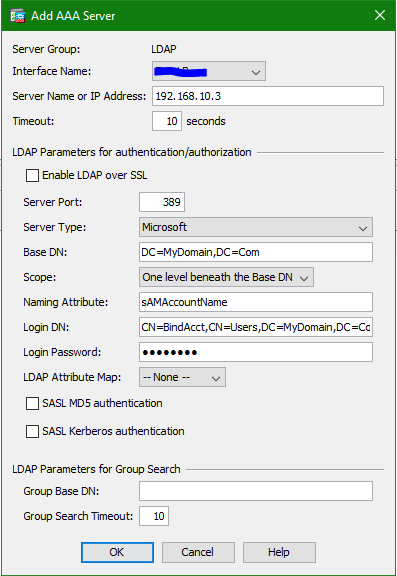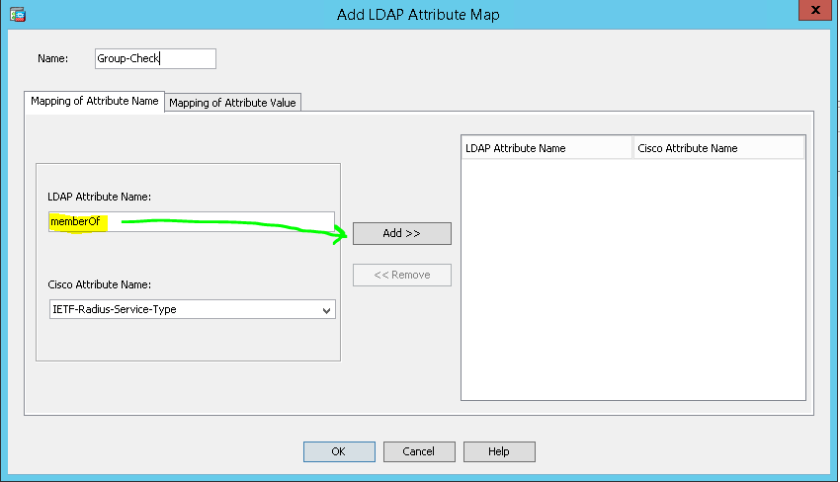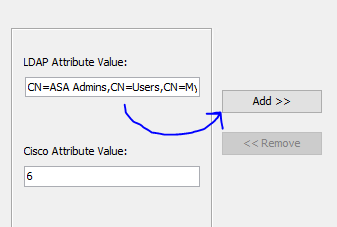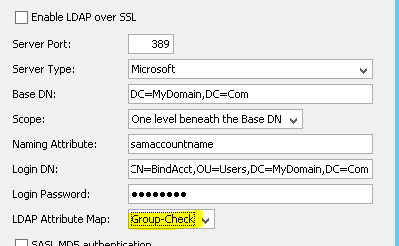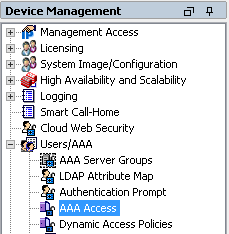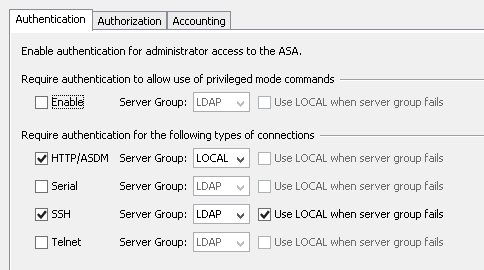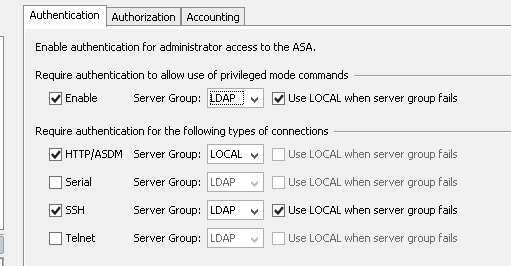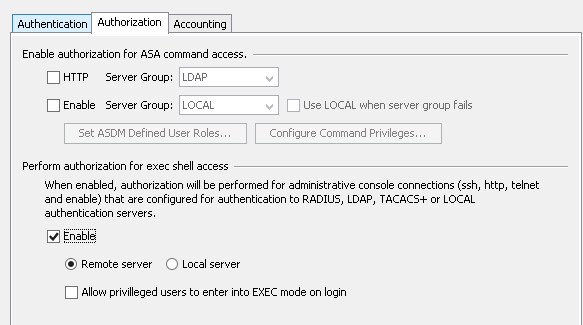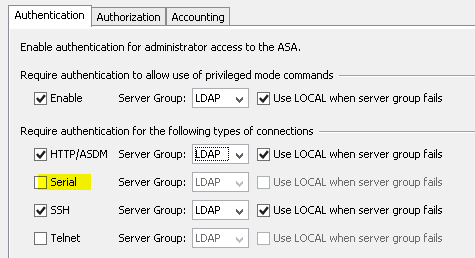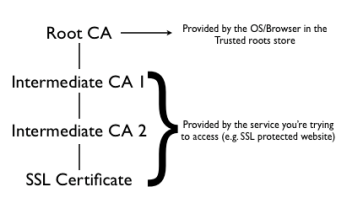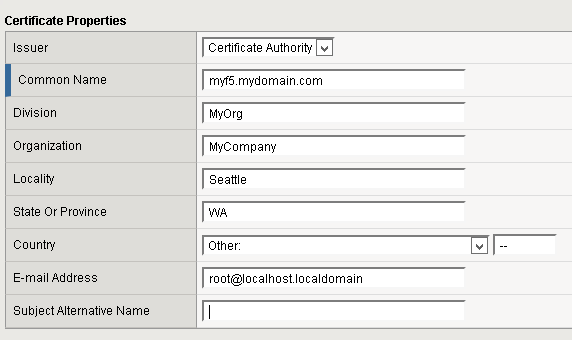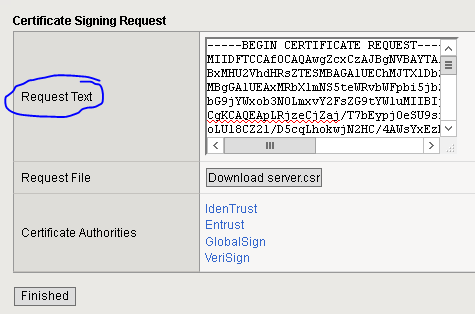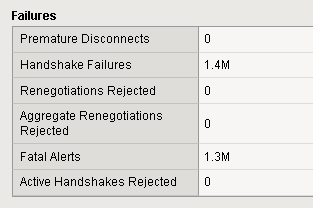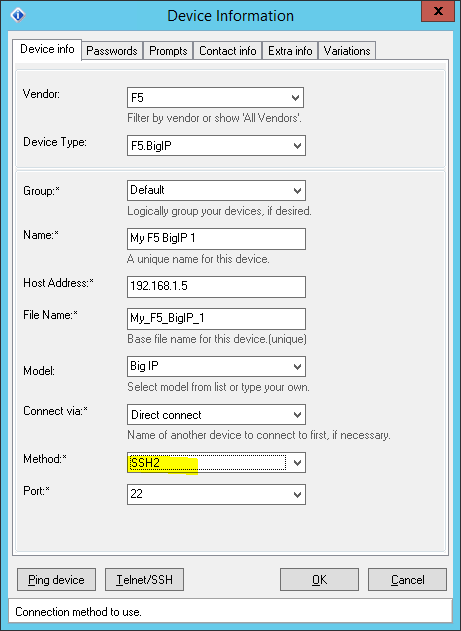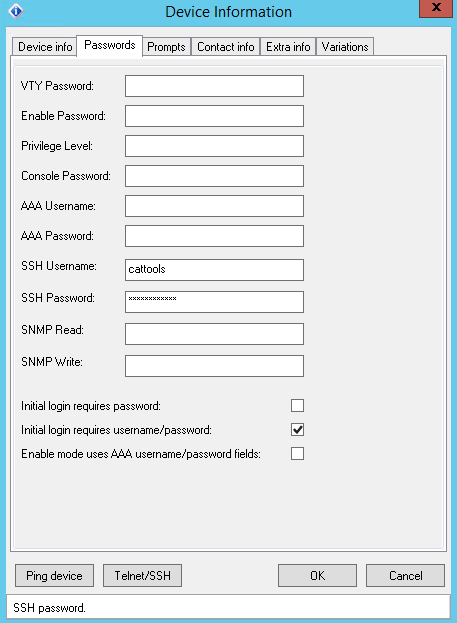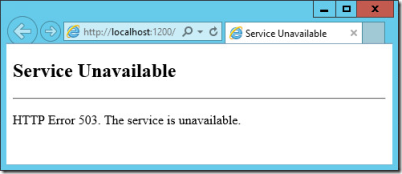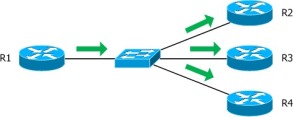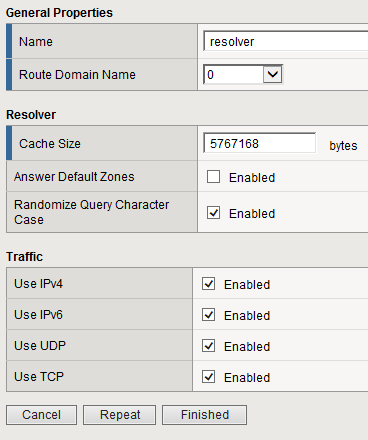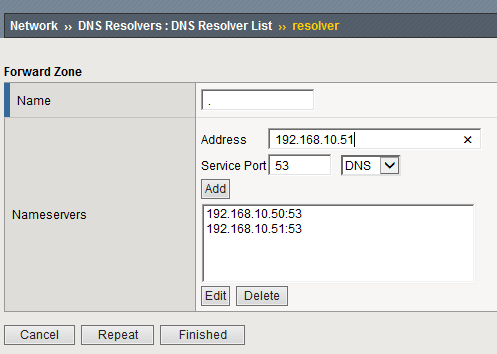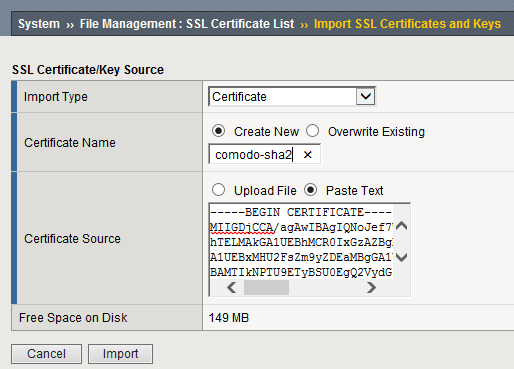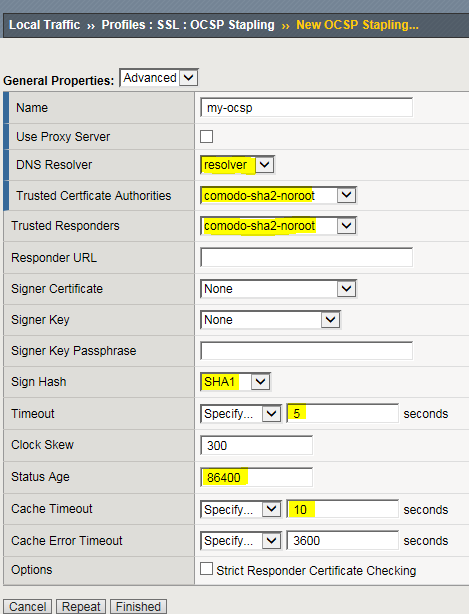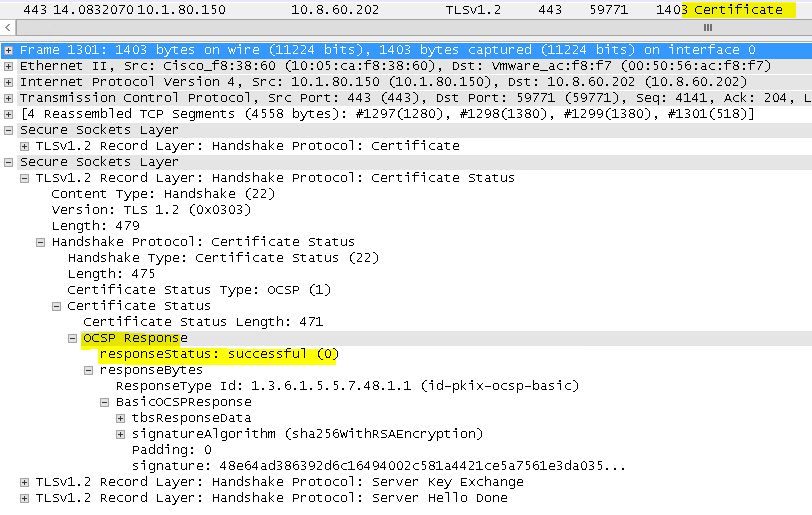
The Python SDK for F5 is amazing. I love using it, but the learning curve can be steep. In some situations a network engineer wants to automate some tasks, without learning the ins-and-outs of this SDK or Python in general.
F5’s documentation of the SDK is great (bookmark it), but the examples are basic and brief. If you want to get into the depths of what else can be done, refer to the iControl REST API.
This article is intended as a jumpstart if you are stuck, or a refresher if you haven’t used the F5 Python SDK in a while. The examples build off each-other, i.e. this works as a single program.
# Import the F5 module (Use pip to install> pip install f5-sdk) from f5.bigip import ManagementRoot # Define unique variables user = 'f5_user' password = 'my_f5_pass' f5_ip = '192.168.10.5' partition = 'Common' # Connect to the F5 mgmt = ManagementRoot(f5_ip, user, password) ltm = mgmt.tm.ltm ################### ## Gain information ################### # What nodes are on this F5? nodes = ltm.nodes.get_collection() # Iterate for node in nodes: print(node) # Notice what gets returned, not what you expect print(type(node)) # Node is a 'class' type print(node.raw) # Use .raw to learn what objects you can call # Use this as an example of the power of using these classes print("{} has an IP of {}".format(node.name, node.address)) # What pools are on this F5? pools = ltm.pools.get_collection() # We know this will be a class, so we know how to iterate through it now for pool in pools: # print(pool.raw) # If you want to learn about the objects print(pool.name) # What virtual servers are on this F5? virtuals = ltm.virtuals.get_collection() # Getting much easier now for virtual in virtuals: print("VS {} enabled? {}".format(virtual.name, virtual.enabled)) ################### ## Checks ################### # Does a node exist on the F5? my_node = 'TESTNODE5' test = ltm.nodes.node.exists(partition=partition, name=my_node) print("Is {} on the F5? {}".format(my_node, test)) # Is my node in a pool? for pool in ltm.pools.get_collection(): # Take note of how this call works for member in pool.members_s.get_collection(): if my_node in member.name: print("{} is in the pool {}".format(my_node, pool.name)) ################### ## Creating objects ################### # Create a node ltm.nodes.node.create( partition=partition, name=my_node, address='192.168.10.20') # If a node of the same name exists, your progam will crash. # Add logic you learned above to prevent this. # Create a pool my_pool = 'TEST-POOL5' ltm.pools.pool.create(name=my_pool) # Create a member, i.e. add a node to a pool with a port member_port = '80' pool = ltm.pools.pool.load(name=my_pool) pool.members_s.members.create( partition='Common', name=my_node + ":" + member_port) # Create a L4 performance virtual server (most basic way) vs_name = 'Test-Virtual-Server5' # ltm.virtuals.virtual.create(name=vs_name, destination='192.168.100.10:80') # We typically need a more complex virtual-server than that # A good way is to define parameters, # and run them to the create function as needed profiles = [ {'name': 'f5-tcp-wan', "context": "clientside"}, {'name': 'f5-tcp-lan', "context": "serverside"}, {'name': 'http-profile-default'} ] params = {'name': vs_name, 'destination': '{}:{}'.format('192.168.100.10', str(80)), 'mask': '255.255.255.255', 'description': 'Created by Python', 'pool': my_pool, 'profiles': profiles, 'partition': 'Common', 'sourceAddressTranslation': {'type': 'automap'}, 'vlansEnabled': True, 'vlans': ['/Common/internal'] } ltm.virtuals.virtual.create(**params) ################### ## Deleting objects ################### # A few different ways to accomplish the same thing # NOTE: Virtual servers need to be deleted before pools. # and pools need to bedeleted before the node can. # Use what you learned above to check membership # to prevent your program from crashing # Delete a virtual-server if ltm.virtuals.virtual.exists(partition=partition, name=vs_name): virtual = ltm.virtuals.virtual.load( partition=partition, name=vs_name) virtual.delete() else: print("Virtual server does not exist") # Delete a pool (we loaded it above so we can delete it this simply) pool.delete() # Delete a node ltm.nodes.node.load(partition=partition, name=my_node).delete()
